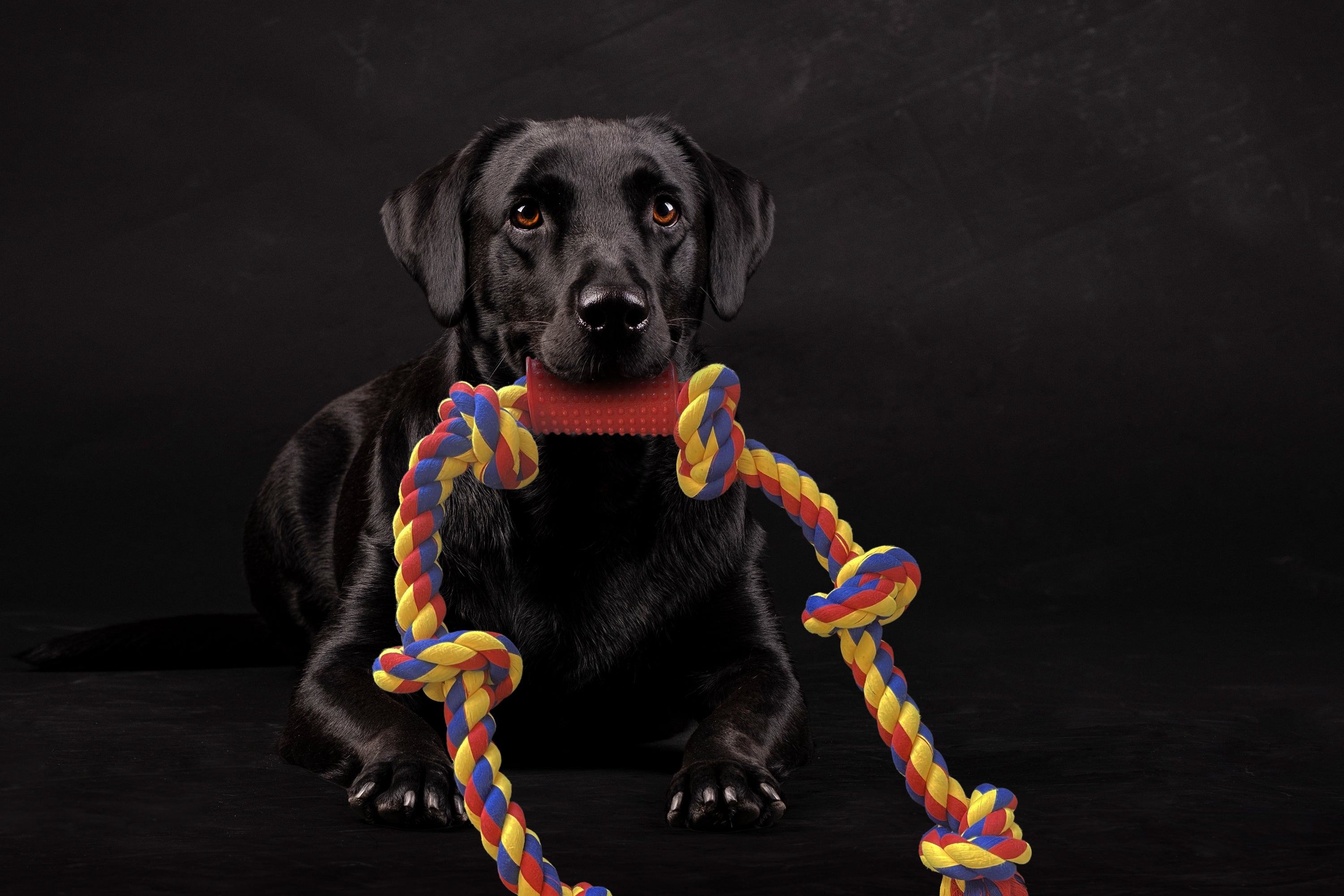The Ultimate Guide to Choosing the Perfect Bed Locations for Large Dogs in Your Home
- by Chris Davis
-

Introduction
When it comes to our beloved furry companions, finding the right bed location in our homes is crucial for their comfort, well-being, and overall happiness. Large dogs require ample space to stretch out, relax, and feel secure. In this comprehensive guide, we'll explore the best bed locations for your large dog, ensuring they have a cozy retreat to call their own. From ideal spots in the living room to peaceful corners in the bedroom, let's delve into the various options to help you make the perfect choice for your canine companion.
1. The Living Room: Creating a Welcoming Retreat
Finding the Perfect Spot
Your living room can serve as a central hub for your dog, offering a warm and inviting environment. Look for an area away from heavy foot traffic but still within the heart of your home. Consider spaces near windows, providing natural light and a view to the outdoors, which can stimulate your dog's curiosity.
Cozy Corners
Identify cozy corners within your living room that offer a sense of security and peace. Dogs often enjoy snuggling against a wall or near furniture, creating a den-like atmosphere. Ensure the location is not too close to loud appliances or entertainment systems, as this might cause anxiety.
Temperature Considerations
Large dogs are more susceptible to temperature changes. Avoid placing their bed in direct sunlight or near drafty areas. Aim for a spot that remains comfortably cool in summer and warm in winter, providing your dog with a year-round cozy haven.
2. The Bedroom: Sleeping in Serenity
Sharing the Sleep Space
For many dog owners, having their furry friend close by during sleep is a priority. If you choose to allow your large dog in your bedroom, consider designating a specific area for their bed. This helps create boundaries and prevents your dog from disrupting your sleep.
Designated Corners
Choose a corner of your bedroom that is away from doors or windows, minimizing external disturbances. Creating a designated spot for your dog's bed promotes routine and allows them to feel secure in their own sleeping area.
Noise Reduction
The bedroom should be a tranquil space, free from excessive noise. Avoid placing your dog's bed near electronics, such as television or gaming consoles, as the sound and flickering lights can cause restlessness. Opt for a quieter corner, promoting uninterrupted slumber for both you and your canine companion.
3. The Study: A Productive Haven
Combining Work and Comfort
If you have a study or home office, including a comfortable bed for your large dog can create a productive and soothing environment. However, it's essential to strike a balance between accommodating your pet and maintaining a professional workspace.
Under the Desk
Consider placing a bed beneath your desk, ensuring your dog is close to you while you work. This proximity promotes a sense of security for your pet, reducing anxiety and fostering a productive atmosphere.
Distraction-Free Zone
To create an optimal work environment, avoid placing your dog's bed near noisy equipment or items that could be tempting for them to chew on. Make sure their space is free from potential distractions, allowing you to focus on your tasks while your furry companion relaxes nearby.
4. The Outdoors: Embracing Nature
Safe and Sheltered
Providing an outdoor bed location for your large dog can be a wonderful addition, especially if you have a spacious yard or garden. However, it's crucial to ensure their outdoor space is secure and suitable for extended periods.
Weatherproof Beds
Invest in a weatherproof bed specifically designed for outdoor use. These beds are made from durable materials that can withstand various weather conditions, ensuring your dog remains comfortable and protected from the elements.
Shaded Areas
Identify shaded areas in your yard or garden, offering protection from direct sunlight. Dogs can easily overheat, so it's important to provide them with a cool spot to relax. Consider placing their outdoor bed under a tree or near a patio cover.
Conclusion
Choosing the perfect bed location for your large dog involves considering their comfort, safety, and preferences. Whether it's finding a cozy spot in the living room, a peaceful corner in the bedroom, a productive haven in the study, or an outdoor retreat, each location should cater to your dog's unique needs. Remember to prioritize their well-being, ensuring the chosen location aligns with their size, temperament, and the overall environment of your home. By providing a dedicated and comfortable space, you'll create a harmonious haven where your large dog can rest, recharge, and thrive.
FAQs
Q1: Should I place my dog's bed near a window? A1: While placing your dog's bed near a window can provide natural light and a view, it's essential to consider the outside temperature. Avoid direct sunlight and ensure the area is draft-free.
Q2: Can I allow my large dog to sleep on my bed? A2: It's a personal choice whether you allow your dog on your bed. However, if you decide to share your sleep space, designate a specific area for your dog's bed to establish boundaries.
Q3: Can my dog's bed be placed outdoors? A3: Yes, you can provide an outdoor bed for your large dog. Ensure the bed is weatherproof and placed in a shaded area to protect your dog from extreme heat or cold.
Q4: How do I create a productive work environment with my dog nearby? A4: Placing your dog's bed under your desk in a study or home office can create a productive environment. Ensure the area is free from distractions and noise that may disrupt your work.
Q5: How can I make my dog's bed location comfortable in all seasons? A5: Consider temperature variations throughout the year. Choose a location that remains cool in summer and warm in winter, providing your dog with year-round comfort.
Note: The content provided here is solely for informational purposes and should not replace professional veterinary advice.




